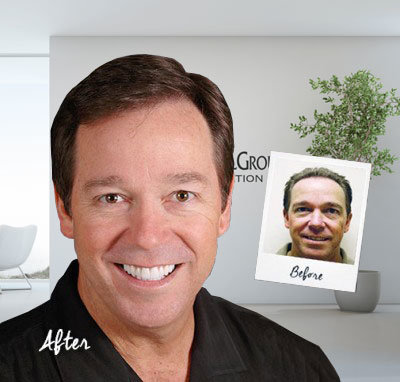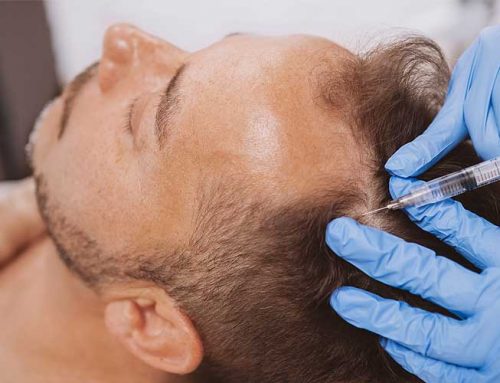Choosing the Right Hair Transplant Surgery Method
Regardless of it’s name – hair transplant, hair transplantation, surgical hair restoration – hair transplant surgery has become extraordinarily popular in recent years. As many women know, hair loss and balding isn’t just a man’s issue. More women than we may realize are dealing with hair loss and thinning hair as well, and are turning to hair transplantation to restore their hair, and feel good about themselves again.
 Hair transplant surgery has come a long way in terms of the procedure itself as well as the aesthetic results. Gone are the days of pluggy unnatural “doll head” hair transplants. Today’s advanced hair transplant procedures yield results that look totally and completely natural, both for men and women, to the point you would never know that the patient ever had a hair transplant. They just have a great looking head of hair.
Hair transplant surgery has come a long way in terms of the procedure itself as well as the aesthetic results. Gone are the days of pluggy unnatural “doll head” hair transplants. Today’s advanced hair transplant procedures yield results that look totally and completely natural, both for men and women, to the point you would never know that the patient ever had a hair transplant. They just have a great looking head of hair.
Hair Transplant Procedures Then and Now
The reason hair transplants have become so much in demand in recent years is because they have become very much less invasive while also yielding much better results. When many hear the term “hair transplant,” they think of a massively invasive surgical procedure. Nothing could be further from the truth. Hair transplant surgery is a simple out-patient procedure that uses a person’s own hair which is removed from one area of the person’s scalp – the donor area – and transplanted in another area of the scalp where balding and thinning are occurring. The donor area is typically at the back or sides of the head, areas which are typically immune to hereditary thinning and balding.
The two most popular methods of hair transplantation are Follicular Unit Transplantation (FUT) and Follicular Unit Extraction (FUE). During the classic “Follicular Unit Transplantation” procedure, the surgeon will identify the most suitable donor area. He will then remove a strip or several strips of hair that will be dissected and transplanted into the recipient area. Once the donor strip is harvested, the donor scalp area is closed and sutured. Depending on the skill of the surgeon, after healing this may have a noticeable scar or not. With the FUT hair transplant method, there will always be some scarring, but in recent years, techniques such a s PAI’s Multi-Unit Hair Grafting hair transplant procedure have made such scarring virtually invisible, even with the shortest of haircuts.
FUE Hair Transplants
One of the most exciting hair transplant surgical procedures in use today is Follicular Unit Extraction (FUE). ARTAS robotic FUE hair transplantation is at the leading edge of the extraordinary technology. In an ARTAS FUE hair transplant procedure, individual hair follicles are extracted in a random pattern from the donor area and transplanted to the recipient area of the scalp. The advantage is that there is no strip of donor hair removed, no suturing, and virtually no scarring whatsoever.
Minimal Downtime. Maximum Results
FUE hair transplant procedures have become popular because they require very little downtime, typically less than 48 hours. A typical FUE procedure takes longer than an FUT procedure, but at the end of the procedure, the patient can simply walks out and waits for their hair to grow. There is no stitching, no trauma and no scarring. Once your hair begins to grow, no one will be able to detect where the hair came from.
ARTAS robotic FUE hair transplants, like all hair transplant procedures, require an extraordinary degree of technical and surgical skill as well as a keen artistic eye for aesthetics.
Contact Grow Your Hair Back™ Medical Hair Restoration
To learn more about our advanced hair transplant procedures and to explore the many leading edge hair loss treatment and hair restoration options available to you, we invite you to speak with an experienced Grow Your Hair Back™ hair transplant and hair restoration specialist today. Our hair restoration specialists will work closely with you to find the perfect solution for your unique needs, lifestyle, and budget. Our goal is to help you find the perfect hair restoration solution to meet your own individual needs and make a well-informed decision about your hair restoration options.





